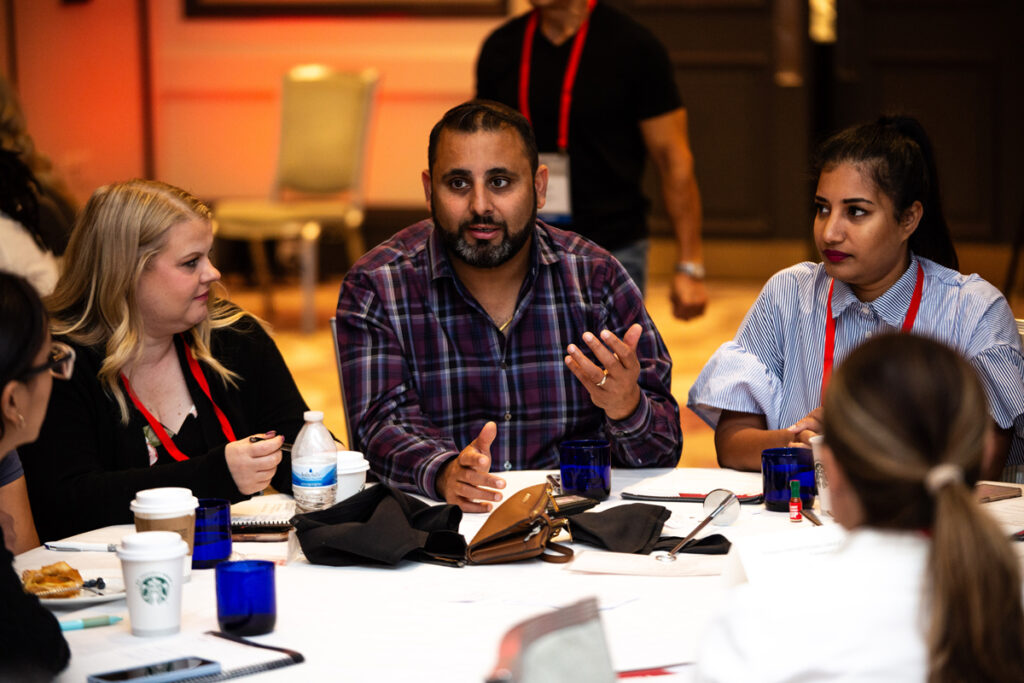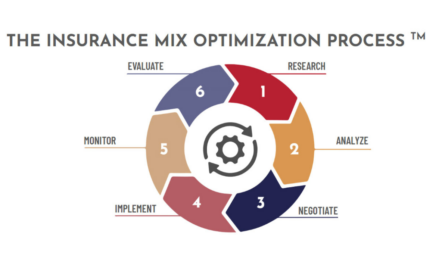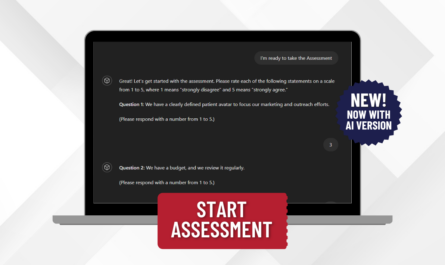How to capitalize on key moments during the day for effective team communication.
For dentists, the day-to-day juggling act of caring for patients while running a business can feel overwhelming at times. Indeed, patients are going to remember how it felt to be in the chair both physically and emotionally, and that requires dentists to be performing at their best. Meanwhile, dental teams need consistent progress checks and clear communication among all team members to perform at their best.
As dental practices grow, establishing a priority level for communication is crucial. Clear and consistent communication among team members should be happening throughout the day so that each practice hits targets and continues to grow. Ensuring effective communication requires that dental practices be intentional about it not only periodically, but throughout the entire clinical day.
For dentists, to ensure that a dental team is running the day and that the day is not “running them,” everyone should know the goals when they arrive to work. Each team member should be focused on the same outcomes and goals, should show up prepared, be ready to communicate openly, honestly, and frequently, and each team should have the ability to make any adjustments necessary.
Read on for a set of systems and tactical approaches that can assist dental teams with effective communication throughout the clinical day.
The morning huddle
Dental teams should begin each day with a morning huddle. A morning huddle should be short and sweet, 15 minutes or less, so that staff members remain engaged. Each team member should have a role within morning meetings. Once the meeting begins, there should be an expectation that each team member has adequately prepared and is ready to start the workday.
Encourage team members to come to the morning meeting prepared and on time. Dental leaders should make it obvious how important the meeting is. Some ideas to exemplify that the meeting is important include locking the door when the meeting has started, not allowing people to eat breakfast or do their makeup, and having staff stand instead of sitting.
In the morning meetings, dentists can discuss their clinical work coming up that day. The rest of the teams can communicate about the practice’s background information, such as cancellations, appointments, etc. Each morning, practices should change leaders and rotate roles, so that everyone on the team knows the order of operations and can get used to leading the huddle.
Prep work also includes looking at the schedule to identify opportunities for the dentist, the dental hygienists, and assistants. If there are unscheduled treatments, dentists may be able to transfer those over to the doctor or add treatments to already existing patient appointments. Adding new treatments is an opportunity for a practice to maximize revenue potential.
To fill holes in the schedule, team members should see if there are additional treatments that can be done on that day. Likely, there is a list of unscheduled patients that front office staff could get back in the office with a few calls. It is important as a practice to know what percentage of patients have a next appointment, and getting already existing patients to come back is part of that number. Prep work can also include checking voicemail at the beginning of the day to not miss any opportunities for patient appointments.
Teams should also discuss at meetings a recap of the previous day, wins and practice improvements, outline what the team is doing throughout the day, and determine if there is anything to do to get ready for tomorrow.
By implementing morning meetings within a dental practice, team members have an opportunity to discuss data points that can be improved and other strategies to enhance KPIs. Dentists and team members can feel free to add their own personality to each morning meeting, such as playing music, increasing the team’s energy levels by having an upbeat and fun attitude, and starting on time to allow staff to be motivated and start the day on a high note.

Choreographed handoffs
Throughout the day in a dental office, there are many points where a patient is handed off to another team member. The front office, hygienists, and the doctor all have the opportunity to positively interact with a patient before they complete their appointment.
All team members should start patient interactions with a positive, high-quality introduction, and then summarize any pertinent information and the intention for being together. Make sure that both the patient and doctor feel comfortable, and have all the information they need, before completing a handoff.
As a patient, continually telling each person you interact with why you are there and what brings you in for an appointment decreases confidence in the team’s ability to coordinate and collaborate. Patients want to be able to trust their dental team, which is also important for case acceptance. Case acceptance doesn’t always depend on if the patient has the right financing options or the verbal skills of the treatment coordinator. Case acceptance often increases when a patient feels heard, taken care of, understood, and when the patient has confidence in the doctor. Effective communication among teams will help ensure patient satisfaction.
To be successful with handoffs, try to take the energy and power that other team members have created and “hand” it to the next person, so that the hygienist or other staff members aren’t starting the new patient interaction from scratch. Keep the momentum going, such as with the handoff in a race – don’t slow down during the transition.
| Be on your game A way to think of clinical time for a dentist is to consider time with patients as “game day,” where a dentist or staff member is performing at their best for all their patients. In terms of communication, sports teams often meet throughout the competition, with the team checking in or huddling with the coach periodically to see what adjustments need to be made to perform better. At the end of a game, the team meets to reassess and evaluate what they learned, what they can do better going forward, and what adjustments need to be made. The same goes for the dental profession. Without consistent check-ins and team communication, it can be difficult to be successful throughout a clinical day. |
The end-of-day process
The third tactical touchpoint for better communication at a practice is end-of-day checkouts. An end-of-day checkout is less formal than a morning huddle. Dental leaders should ask the team what went well, what could have been done differently, to evaluate if targets were hit as a team, and if there is anything else that needs the team’s attention from that day. If a dentist is working with dental assistants, this is also a great time to provide them with feedback and training.
Taking home the stress or negative energy from the day is not healthy for anyone. The checkout method is an opportunity to close the workday out in a positive manner and remember what went right, instead of focusing on the negatives. It is also an opportunity for team members to consider adjustments and improvements to their job performance.
There’s a lot of tactical value to team checkouts, as team members have the ability to ask questions and discuss with dentists what everyone (including the dentists) could have done better. By modeling vulnerability as a dentist, and asking for feedback, the rest of the team will follow along, and there will be team permission to engage in coaching. As time goes forward, power can develop inside of team relationships that assist with better communication and clinical outcomes.
Any form of huddles or meetings that dental teams engage in will help a clinical office to perform better. Team check-outs are an opportunity to build trust, connect, learn from each other, and provide great feedback for the day. They also develop a cadence and a flow of constant communication.
Morning huddles, better handoffs, and end-of-day checkouts are all tactical touchpoints that dental practices can implement to increase the effectiveness of overall office communication. Starting with one of these strategies in your practice is a great step toward a more successful practice and business overall.
Running a successful business is not always dynamic and innovative; it is often about simply doing the fundamentals well and consistently. These are the fundamentals that DEO uses, and with them, a day leads to a great week, a great week leads to a great month, to a great quarter to a great year, and so on, and a dental practice’s vision comes to life.





